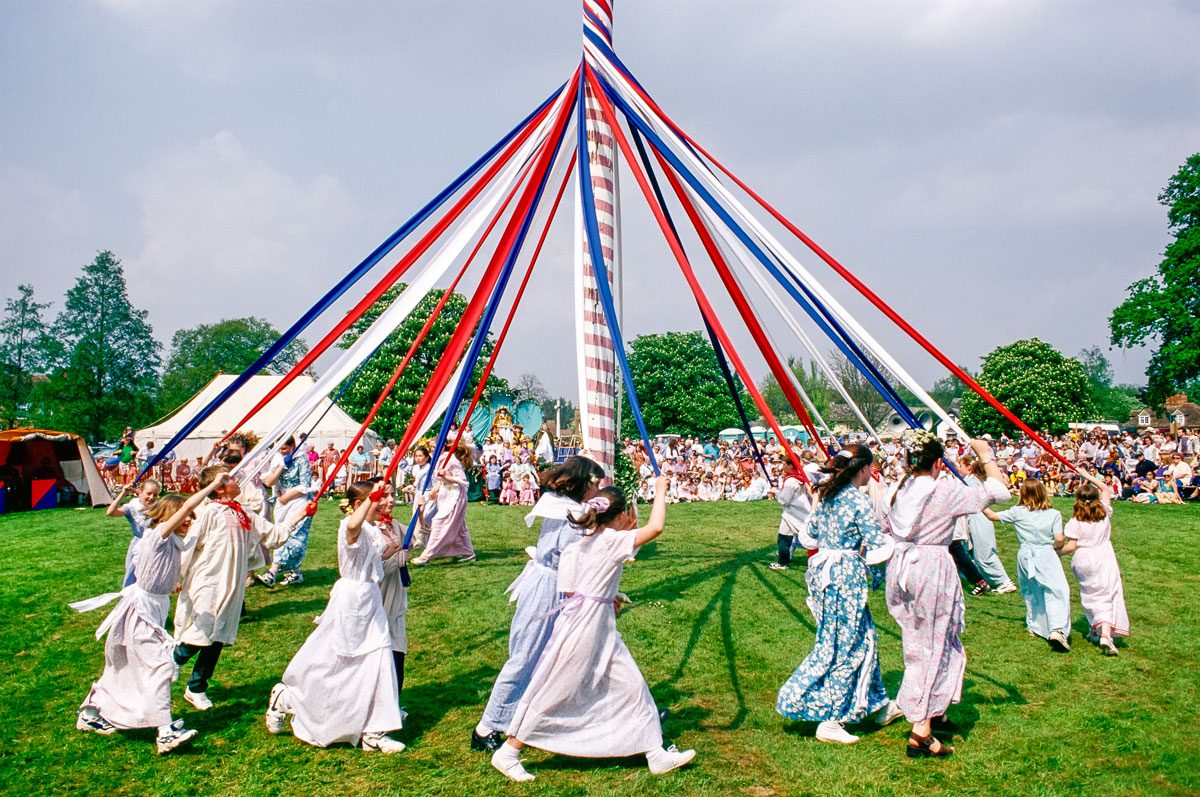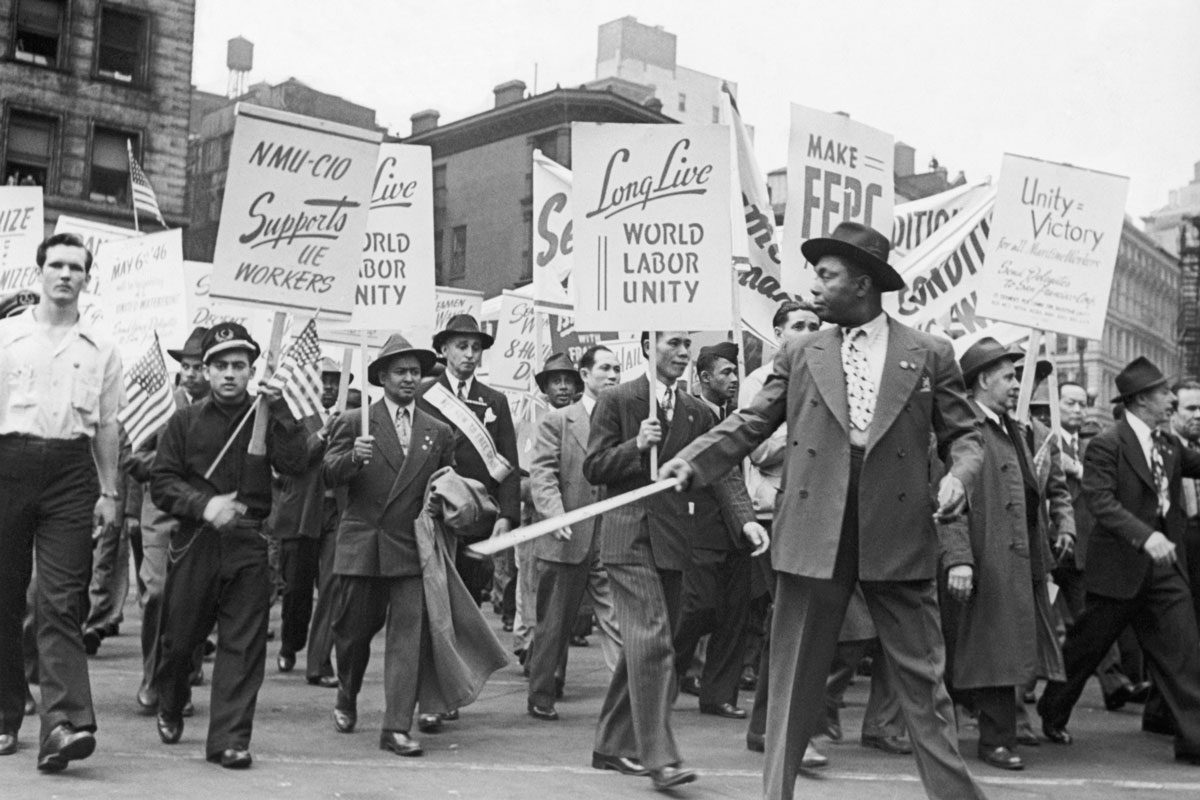What is May Day? You know it takes place in May, but other than that, you’re lost. Here’s what to know!

What Is May Day and How Should You Celebrate It in 2025?

We’ve all heard of it (or at least we think we have), and we know it’s one of the holidays in May—but what is May Day, exactly?
While it’s a well-known holiday across the Northern Hemisphere, plenty of people aren’t quite sure what it’s all about or how it started. That’s why we’re here to break it down for you.
As the days get longer and the weather warms up, May Day is the perfect time to celebrate the beauty of the season. From its fascinating history to fun traditions you can try today, we’re diving into everything you need to know. Who knows? You might even be inspired to bring back a few old-school May Day customs.
So read on for a detailed answer to “What is May Day?”
Get Reader’s Digest’s Read Up newsletter for more holiday tips, fun facts, humor, cleaning, travel and tech all week long.
When is May Day?
May Day is celebrated on May 1 every year.
What is May Day?
May Day is a spring holiday that celebrates the changing seasons and workers’ rights. It’s rooted in ancient pagan festivals, and because it roughly falls halfway between the spring equinox and the summer solstice, it’s often associated with the return of spring and the beginning of summer.
How did May Day start?
May Day is primarily celebrated in the Northern Hemisphere. Ancient Celts called it Beltaine, which is still celebrated today. Over the centuries, it evolved and took on a more secular nature in Europe, including the addition of maypole dances that the holiday is now associated with.
Why is May Day also a day for labor rights?

But May Day isn’t all about skipping around with ribbons in the sunshine. It has also been on the same day as International Workers’ Day since the 1880s. In fact, May Day is the equivalent of America’s Labor Day for certain countries.
On May 1, 1886, hundreds of thousands of U.S. industrial workers participated in a nationwide strike to demand an eight-hour workday. (At the time, it was common to work 10- to 16-hour days, according to Industrial Workers of the World.) The protests in Chicago lasted for several days, and on May 3, a strike at McCormick Reaper Works ended in a brawl with police officers. Several strikers were wounded or killed.
The next night, the violence became even worse. When police came to break up a crowd of protestors gathered in Haymarket Square, a bomb went off in the police ranks. The bomb killed seven policemen and wounded 60 more. Police then opened fire on the crowd, killing several men and wounding 200, TIME reported.
In commemoration of these events, now known as the Haymarket Affair, the International Socialist Conference declared May 1 as an international holiday for labor. That’s why the world sees not only celebrations of warmer weather on the first day of May, but oftentimes riots and marches for labor unions as well.
How do you celebrate May Day?
If you’re looking to celebrate May Day, there are plenty of fun and festive May Day traditions. One classic tradition is making little baskets filled with flowers or treats and leaving them as surprises for friends and neighbors. You can also bring in the beauty of spring by decorating with fresh flowers and greenery.
If you’re feeling extra festive, try a maypole dance. It’s an old-school spring celebration where people dance around a tall, decorated pole, weaving colorful ribbons together as they go. And if you really want to embrace the changing seasons, bonfires were popular parts of Beltane celebrations.
Why trust us
At Reader’s Digest, we’re committed to producing high-quality content by writers with expertise and experience in their field in consultation with relevant, qualified experts. We rely on reputable primary sources, including government and professional organizations and academic institutions as well as our writers’ personal experiences where appropriate. We verify all facts and data, back them with credible sourcing and revisit them over time to ensure they remain accurate and up to date. Read more about our team, our contributors and our editorial policies.
Sources:
- TIME: “The Bloody Story of How May Day Became a Holiday for Workers”
- Farmer’s Almanac: “What Is May Day?
- National Today: “May Day”






















